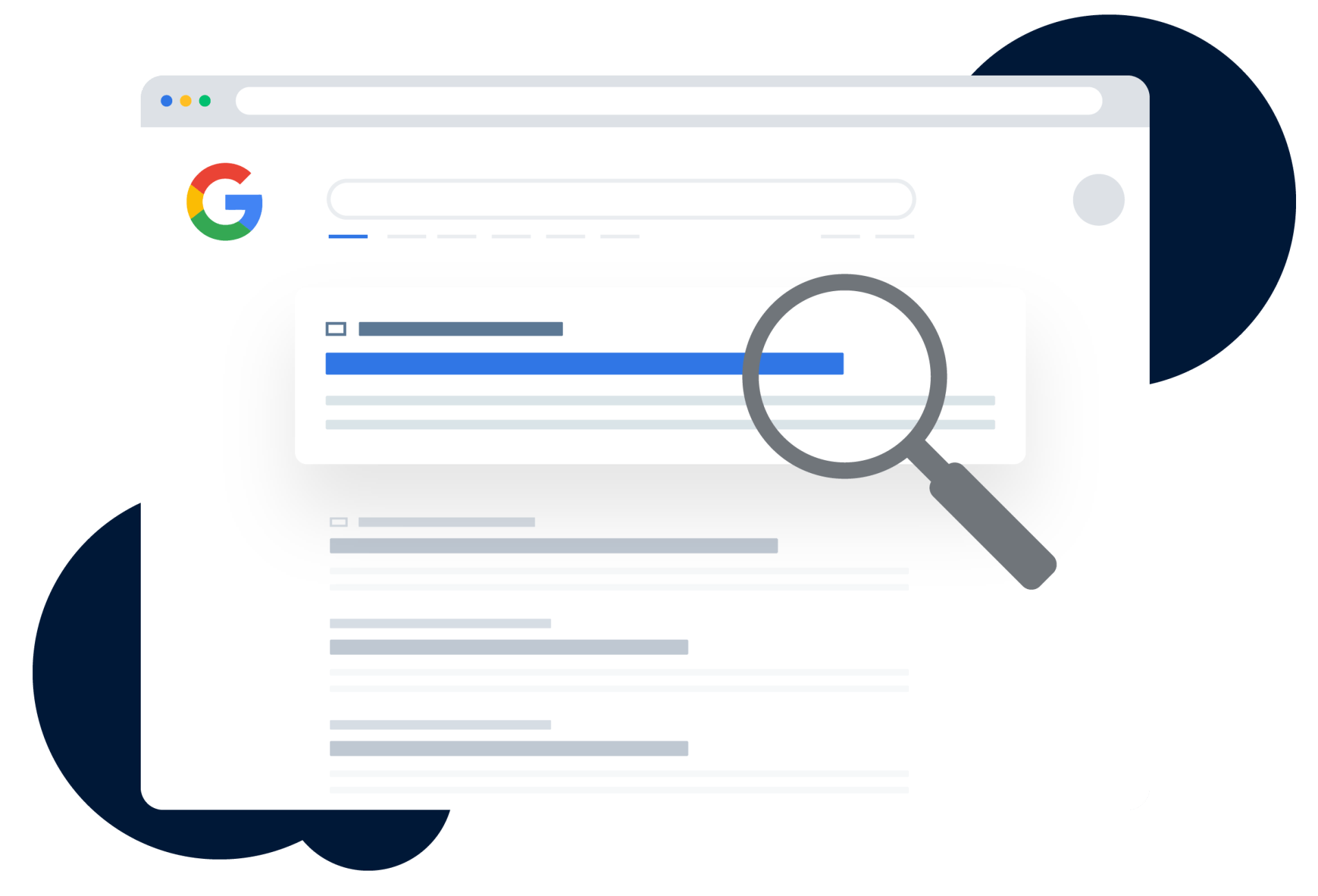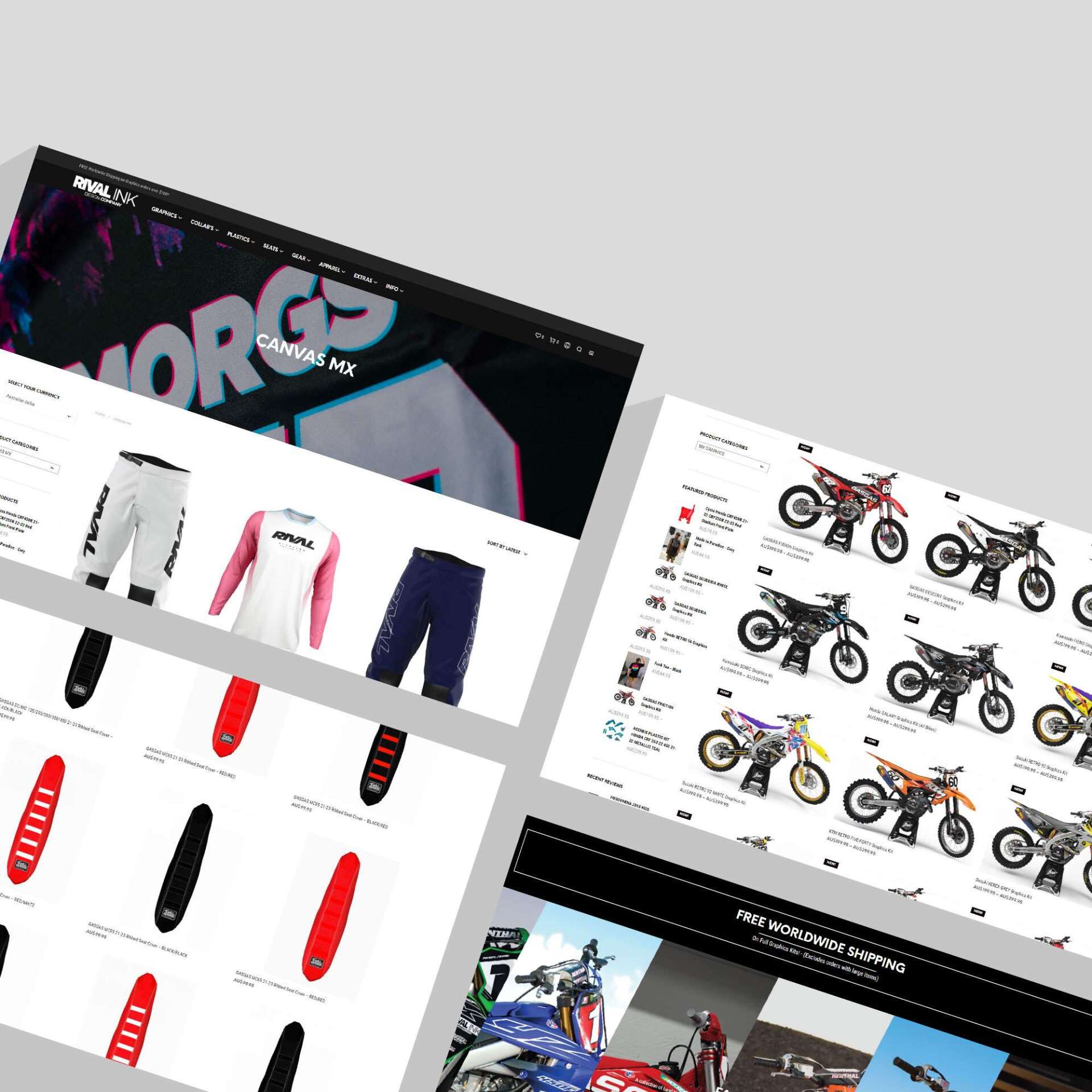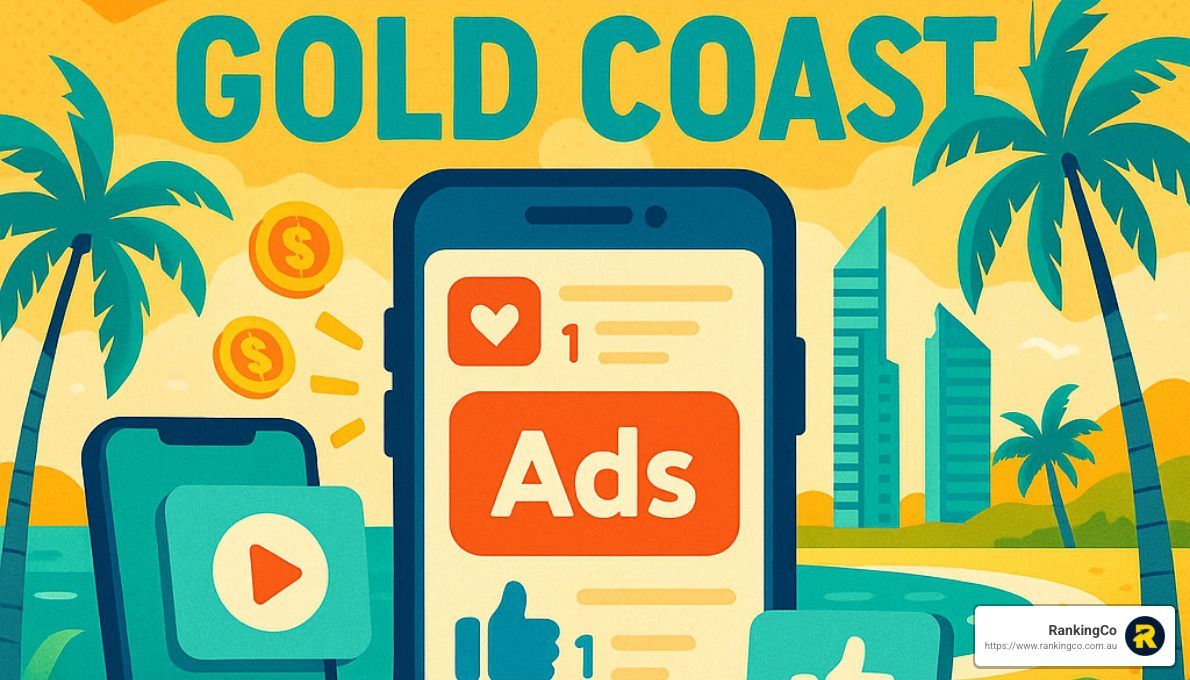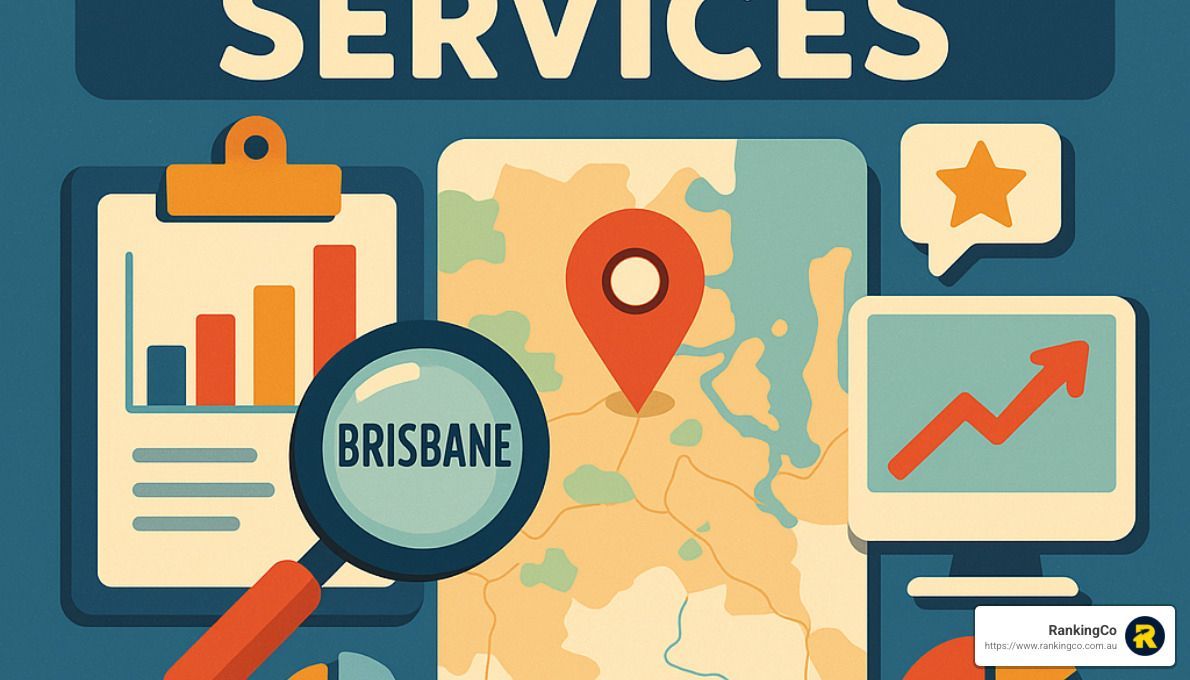Constructing Success: How to Develop a Lead Generation Website
Lead generation website development is a critical component for businesses wanting to capture qualified leads and grow their customer base. In a nutshell, it's about building a website that does more than just look good. It collects information, engages visitors, and turns them into potential customers. To achieve this, consider these key aspects:
- Define Your Target Audience: Know who you’re talking to and tailor your content to their needs.
- Streamlined User Experience: Ensure your site is fast, mobile-friendly, and easy to steer.
- Conversion Points: Strategically place calls-to-action to guide visitors down the sales funnel.
- Content Strategy: Develop valuable content that educates and attracts your audience.
Proper lead generation website development connects digital marketing strategies, like SEO and PPC, with website design to boost online visibility and conversion rates. It's about crafting a digital space that not only attracts but also captivates and converts visitors into leads.
I’m Amber Porter, CEO of RankingCo, and I'm passionate about making digital marketing accessible and effective. With a background in lead generation website development, I focus on creating custom, results-driven strategies that improve brand visibility and engagement. Let's move to the heart of building successful lead generation sites.
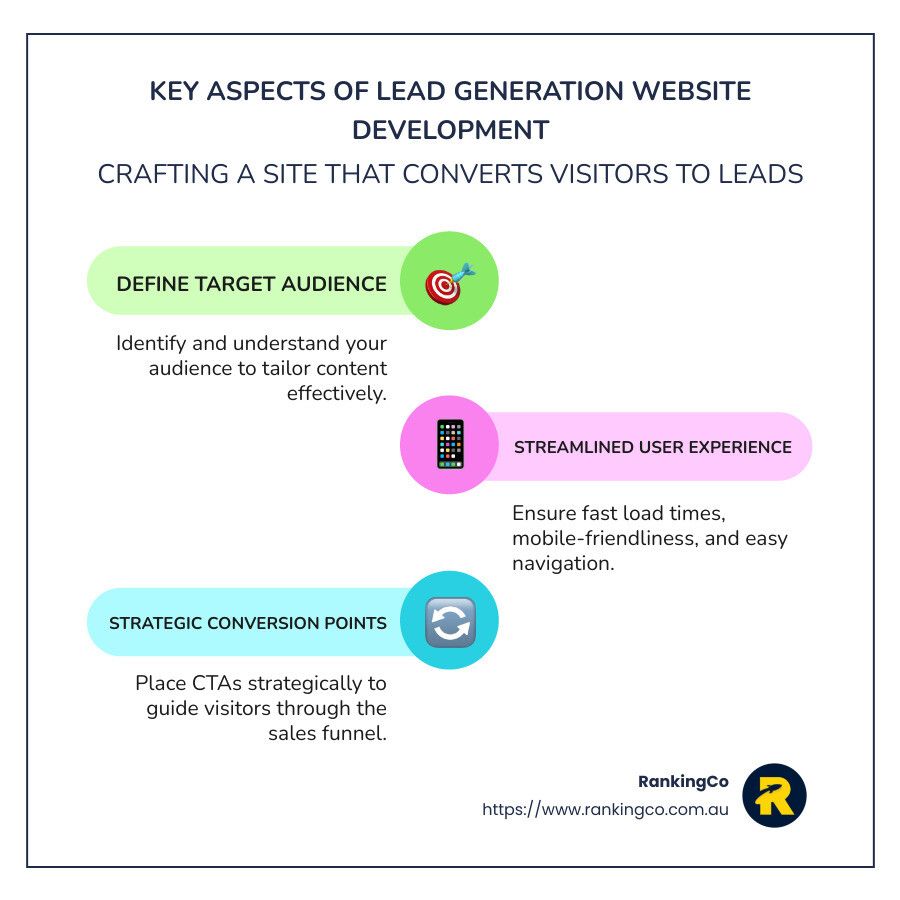
Understanding Lead Generation
In lead generation website development, a few elements stand out as essential for success: lead magnets, conversion paths, and calls-to-action (CTAs). Let's break these down.
Lead Magnets
Lead magnets are like irresistible offers that draw visitors in and encourage them to share their contact information. These could be free ebooks, webinars, or exclusive access to a tool or service. The goal is to provide something valuable in exchange for a visitor's details. A well-crafted lead magnet not only attracts but also builds trust with your audience.
- Example: A marketing agency might offer a free guide on "10 Proven Strategies to Boost Your Social Media Presence." This not only provides value but also positions the agency as an expert in its field.
Conversion Paths
A conversion path is the journey a visitor takes from the initial contact to becoming a lead. Think of it as a roadmap guiding them through your website. Each step should be intentional, leading visitors closer to a decision.
- Awareness Stage: Visitors find your site through a blog post or landing page.
- Consideration Stage: They engage with a lead magnet, like downloading an ebook.
- Decision Stage: They fill out a form or request a consultation.
Calls-to-Action (CTAs)
CTAs are the prompts that encourage visitors to take the next step. They can be buttons, links, or images that stand out on your webpage. Effective CTAs are clear, concise, and action-oriented.
- Example: Instead of a bland "Submit," use "Download Your Free Guide Now" to make it compelling.
To make the most of CTAs, place them strategically throughout your site. This ensures visitors can easily find them when they're ready to act. Consider using personalised CTAs to improve engagement and conversion rates.
By understanding and implementing these core elements, businesses can create a lead generation website that not only attracts visitors but also effectively converts them into leads. This is the foundation of a successful digital marketing strategy.
Essential Elements of a Lead Generation Website
Creating a lead generation website that not only attracts visitors but also converts them into leads requires a focus on a few key elements: user-friendly design, strategic conversion points, and dynamic content. Let's explore each of these components.
User-Friendly Design
A user-friendly design is crucial because it makes it easy for visitors to steer your site and find what they're looking for. The design should be intuitive, meaning users can effortlessly find information without getting lost or frustrated.
- Simplify Navigation: Limit navigation to seven items. This helps users quickly find their way around and prevents them from feeling overwhelmed.
- Consistent Layout: Keep the navigation bar and other key elements in the same spot on every page.
- Readable Text: Use large, legible fonts and clear labels. This ensures everyone can read and understand your content without straining their eyes.
Strategic Conversion Points
Strategic conversion points are the places on your website where visitors can easily convert into leads. These points should be thoughtfully placed and designed to guide users towards taking action.
- Forms and CTAs: Place forms and CTAs in logical locations based on user behavior. For instance, a well-placed CTA on a product page could prompt users to "Get a Free Quote," while a blog post might encourage them to "Download Our Free Guide."
- Stage-Specific Offers: Tailor your offers to match where users are in their journey. Early-stage visitors might respond better to educational content, while those further along might be ready for a demo or consultation.
Dynamic Content
Dynamic content is about delivering personalized experiences that resonate with your visitors. This means showing content that's relevant to each user's interests and stage in the buying process.
- Personalised Experiences: Use data to tailor content to individual users. For example, if a visitor is interested in digital marketing, show them related articles and offers.
- Interactive Elements: Incorporate elements like quizzes or assessments that engage users and provide them with personalised results or recommendations.
By focusing on these essential elements, businesses can create a lead generation website that not only looks great but also functions effectively to convert visitors into leads. This approach is key to building a successful digital marketing strategy that drives growth and engagement.
Steps to Develop a Lead Generation Website
Building a lead generation website is like constructing a bridge that connects potential customers to your business. This journey involves a few key steps: setting clear goals, choosing the right CMS tools, and crafting effective landing pages. Let's explore each step.
Goal Setting
Before you start building, you need a clear destination. Goal setting is about knowing what you want your website to achieve.
- Define Specific Goals: Instead of just aiming to "get more leads," think about what actions you want visitors to take. Do you want them to download an ebook, sign up for a webinar, or request a demo?
- Align Goals with Business Objectives: Your website's goals should support your broader business objectives. If your business is focused on educating customers, your website should provide valuable resources like whitepapers or guides.
Setting clear goals will guide every decision you make, from design to content.
CMS Tools
Choosing the right CMS (Content Management System) is crucial for building a site that can grow with your business.
- Ease of Use: Look for CMS tools that are intuitive and easy to use. This is especially important if you don't have a developer on hand. Tools with drag-and-drop features can make building your site a breeze.
- Lead Generation Features: Your CMS should have built-in tools for lead generation, such as forms, email marketing capabilities, and analytics. These features help you capture and convert leads effectively.
- Scalability: As your business grows, your website will need to adapt. Choose a CMS that can scale up and integrate with other tools like CRM systems.
A solid CMS is the backbone of your lead generation website, making it easy to manage content and track performance.
Landing Pages
Landing pages are where the magic happens. They're designed to convert visitors into leads by focusing on a single, clear call-to-action (CTA).
- Compelling Headlines: Your headline is the first thing visitors see. Make it clear and relevant to grab their attention.
- Engaging Content: Keep your copy concise and focused on the benefits to the user. Bullet points can help highlight key benefits quickly.
- Strong CTAs: Your CTA should stand out and clearly tell visitors what to do next. Whether it's "Download Now" or "Get Started," make sure it's easy to find and click.
- Visual Appeal: Use images and videos to improve your message and keep visitors engaged. A visually appealing page can boost conversions significantly.
With these elements in place, your landing pages will be well-equipped to turn visitors into leads, driving your business forward.
By following these steps, you'll set a strong foundation for a lead generation website that not only attracts visitors but also converts them into valuable leads. This is the heart of a successful digital marketing strategy, paving the way for growth and success.
Optimising for Lead Generation
Once your lead generation website is up and running, the next step is to make it work even better. This involves using strategies like A/B testing, personalising CTAs, and diving into analytics. Let's break these down.
A/B Testing
A/B testing is like trying on two different outfits to see which one looks better. It's about comparing two versions of a webpage to see which one performs better.
- Simple Changes: Test small changes like button colours, headlines, or images. Even tiny tweaks can lead to big improvements in conversion rates.
- Measure Results: Track which version gets more clicks or conversions. This helps you understand what your audience prefers.
- Continuous Improvement: Keep testing. The more you test, the more you learn about what works best for your audience.
A/B testing is your secret weapon for boosting website performance and turning more visitors into leads.
Personalised CTAs
A generic "Click Here" just doesn't cut it anymore. Personalising CTAs (Call to Actions) can make a huge difference.
- Speak Directly to Users: Use language that resonates with your audience. Instead of "Download," try "Get My Free Guide."
- Dynamic Content: Show different CTAs based on user behaviour. For example, a returning visitor might see a different message than a first-time visitor.
- Increase Engagement: Personalised CTAs can lead to a 202% increase in engagement. People are more likely to click when they feel the message is custom for them.
Custom CTAs guide visitors toward taking the desired action, making your site more effective in capturing leads.
Analytics
Data is your best friend when it comes to improving your website. Analytics help you understand what's working and what needs tweaking.
- Track Visitor Behaviour: Use tools like Google Analytics to see where visitors are coming from and what they do on your site.
- Identify Bottlenecks: Find out where visitors drop off and why. This can help you fix issues that might be losing you potential leads.
- Set Benchmarks: Compare your site's performance over time. This helps you see if your changes are making a positive impact.
Analytics provide the insights needed to make informed decisions and continuously refine your lead generation strategy.
By focusing on these optimisation strategies, your lead generation website can become a powerful tool for attracting and converting leads. This sets the stage for the next step in your digital marketing journey.
Frequently Asked Questions about Lead Generation Website Development
What is lead generation in web development?
Lead generation in web development is all about attracting potential customers to your website and converting them into leads. This process involves creating a website that not only informs visitors about your products or services but also encourages them to share their contact information. This is achieved through strategic use of lead magnets, such as free ebooks or webinars, and conversion paths that guide visitors to take action.
In sales and marketing, lead generation is crucial because it helps businesses identify and engage with potential customers. By capturing leads, companies can nurture these prospects through the sales funnel, ultimately turning them into paying customers.
How do you generate website development leads?
Generating leads for website development involves several strategies:
- B2B List Building: Using tools like UpLead, businesses can create a list of potential leads by filtering profiles based on specific criteria. This helps in targeting the right audience and ensures high-quality leads.
- Social Selling: Leveraging social media platforms to connect with potential clients is a powerful way to generate leads. By engaging with prospects through social channels, businesses can build relationships and foster interest in their services.
- PPC Ads: Pay-per-click advertising is another effective method for generating leads. By targeting specific keywords related to web development, businesses can attract potential clients actively searching for these services.
Each of these strategies plays a role in building a robust pipeline of leads that can be nurtured into clients.
Can a website generate leads?
Absolutely! A well-designed website can be a powerful tool for lead generation. Here’s how:
- Forms: Incorporating forms on your website allows visitors to easily share their contact information. This can be through newsletter sign-ups, contact forms, or gated content that requires an email address to access.
- Conversion Points: These are strategically placed throughout the website to guide visitors toward taking action. Effective conversion points might include CTAs like "Schedule a Free Consultation" or "Download Our Free Guide."
- Potential Customers: By providing valuable content and creating a seamless user experience, your website can attract potential customers and encourage them to engage with your brand.
When these elements are combined, a website can effectively generate leads and serve as a critical component of a business's overall digital marketing strategy.
Work with the Best in the Field.
Developing a successful lead generation website is no small feat, but with the right strategies and tools, it can be a game-changer for your business. At RankingCo, we understand the importance of integrating advanced AI technologies and effective digital marketing strategies to stay ahead in the competitive landscape.
Our expertise in lead generation website development ensures that your site is not just a digital brochure, but a dynamic tool for attracting and converting potential customers. By leveraging AI, we can analyse market trends and create targeted campaigns that resonate with your audience. This technological edge allows us to adapt quickly to changes and set new benchmarks in performance and results.
Our digital marketing strategies are designed to maximise your reach and engagement. From targeted advertising through Google Ads and Meta Ads to exceptional SEO services, we ensure your business ranks better in search engines, especially for local searches. This holistic approach not only drives traffic to your website but also ensures that the visitors are primed to convert into leads.
A well-crafted lead generation website is a cornerstone of any successful digital marketing strategy. It provides a steady stream of potential customers who are interested in your products or services, and with our continuous optimisation efforts, you can expect sustained growth and success.
If you're ready to take your lead generation efforts to the next level, explore our lead generation website services and see how RankingCo can help you construct a path to success.

